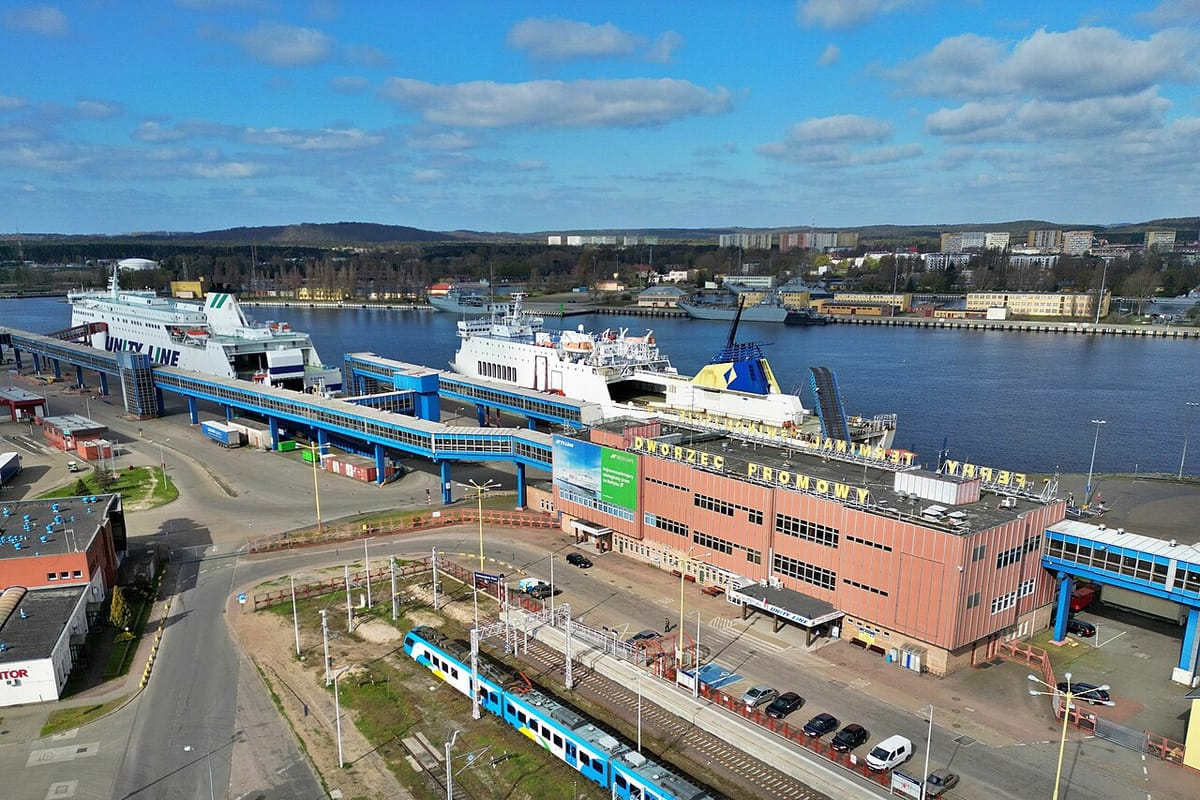
As Poland strikes oil, Hungary, Serbia plan pipeline to bypass EU energy restrictions
Central European Petroleum (CEP) announced on 21 July that it had discovered Poland’s largest-ever conventional hydrocarbon deposit, following drilling at its Wolin East 1 (WE1) well in the Baltic Sea, north-west Poland.
The find includes 200mn barrels of recoverable oil equivalent, with CEP estimating up to 400mn barrels across the wider licence area. The well was drilled 6km offshore Swinoujscie in 9.5m of water, reaching a total depth of 2,715m. Reservoir tests confirmed a 62m hydrocarbon column in the Main Dolomite formation, with additional gas volumes in deeper Rotliegend sands.
CEP described the field as “the largest conventional discovery in Polish history” and said development would proceed “with full public and private alignment”. Oil quality was assessed at 33.4 degrees API. CEP, which holds 100% of the Wolin licence, said appraisal drilling is planned next year.
Gov’t says find strengthens domestic energy security
The Polish Climate and Environment Ministry said the discovery aligns with Warsaw’s long-term goals to reduce import dependency and increase domestic supply. “This strengthens Poland’s long-term position as an energy producer in the region,” the ministry said on 22 July.
CEP said it is working closely with Polish authorities and the Polish Geological Institute to verify reserves and plan infrastructure options. Development scenarios include subsea tie-backs to onshore terminals or independent processing and export facilities.
Regional relevance and European ranking
The discovery is among the most significant conventional oil finds in Central and Eastern Europe in the last decade, analysts said. Enerdata noted the resource scale could elevate Poland’s upstream profile within the EU, while World Oil called it a “strategic breakthrough in the Baltic basin”.
Poland’s proven oil reserves stood at around 20mn tonnes in 2023, according to the Polish Energy Regulatory Office (URE). The Wolin East field could more than double national reserves and reduce reliance on imports from Norway, Kazakhstan and the US.
Oil & Gas Journal compared the Wolin field to Romania’s Caragele gas discovery, which holds around 30bn cubic metres. The Polish find, while focused on oil, could carry similar economic and strategic value depending on future production rates and export capacity.
CEP eyes commercialisation by 2030
CEP said it would use international standards during the development phase and explore domestic supply-chain participation. Speaking on 21 July, CEP CEO Rolf Skaar said the company was “committed to developing this resource responsibly, with full alignment across Polish stakeholders”.
The company expects to finalise permitting and design options by 2027. If commercialised on schedule, production could begin by 2029 or 2030, pending appraisal results and market conditions.
Strategic boost amid energy transition
The find comes as Poland recalibrates its energy mix. While the government continues to invest in renewables and gas infrastructure, ministries have reaffirmed that domestic oil remains part of the national energy strategy through at least 2040.
Analysts said the Wolin discovery will likely inform future infrastructure planning, including upgrades to handling capacity at ports such as Gdansk. The Polish Geological Institute said it was assessing regional geostructures for follow-on exploration potential.
Hungary, Serbia plan to extend Soviet-era pipeline
The same day that Poland announced the find, Hungary and Serbia unveiled plans to build a bilateral crude oil pipeline designed to bypass EU energy restrictions and maintain direct access to Russian oil, according to the Hungarian Foreign Ministry.
The project, presented in Budapest by Hungarian Foreign Minister Peter Szijjarto, will include a new 180 km section connecting Hungary’s network to Serbia’s refineries. It is expected to transport four to five million tonnes of oil annually by 2027 and will be jointly implemented with MOL and Srbijagas, Anadolu Agency reported.
The pipeline is part of Hungary’s wider strategy to defend its utility price subsidy programme and maintain energy autonomy in the face of new EU rules targeting Russian hydrocarbons.
Energy security through regional bypass
The new pipeline will provide Serbia with a direct connection to the Hungarian leg of the Soviet-era Druzhba pipeline, which continues to carry Russian crude. Hungarian officials said this arrangement reduces vulnerability to EU transit constraints and supports bilateral energy independence.
Reuters reported in April that the pipeline’s estimated cost would be around EUR 350mn, with construction beginning in late 2025 or early 2026 and full operational status targeted for 2028, Reuters wrote.
Hungary and Serbia have both opposed new EU sanctions on Russian energy and remain reliant on Russian oil flows. Around 80% of Hungary’s oil supply is delivered via Druzhba. The new infrastructure would offer Serbia a more secure and politically unencumbered supply route.
“We are building new sources, not shutting them down,” Szijjarto said during the announcement. He added that the project will allow both countries to “keep household energy costs under control and protect strategic security.”
Pipeline plan latest of several bilateral projects
The announcement follows a series of Hungary-Serbia infrastructure initiatives, including the Belgrade-Budapest high-speed railway and cross-border gas interconnectors. Analysts said the pipeline deepens bilateral alignment at a time when both countries are distancing themselves from Brussels’ core energy transition priorities.
Szijjarto said the pipeline is not just an energy project but a “strategic asset” that will strengthen resilience for both countries. He added that the plan has been formally communicated to the EU, which has not blocked it under current exemption rules.
Further technical details and environmental assessments will be released later this year, the ministry said.
